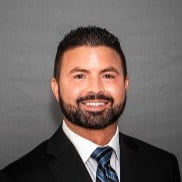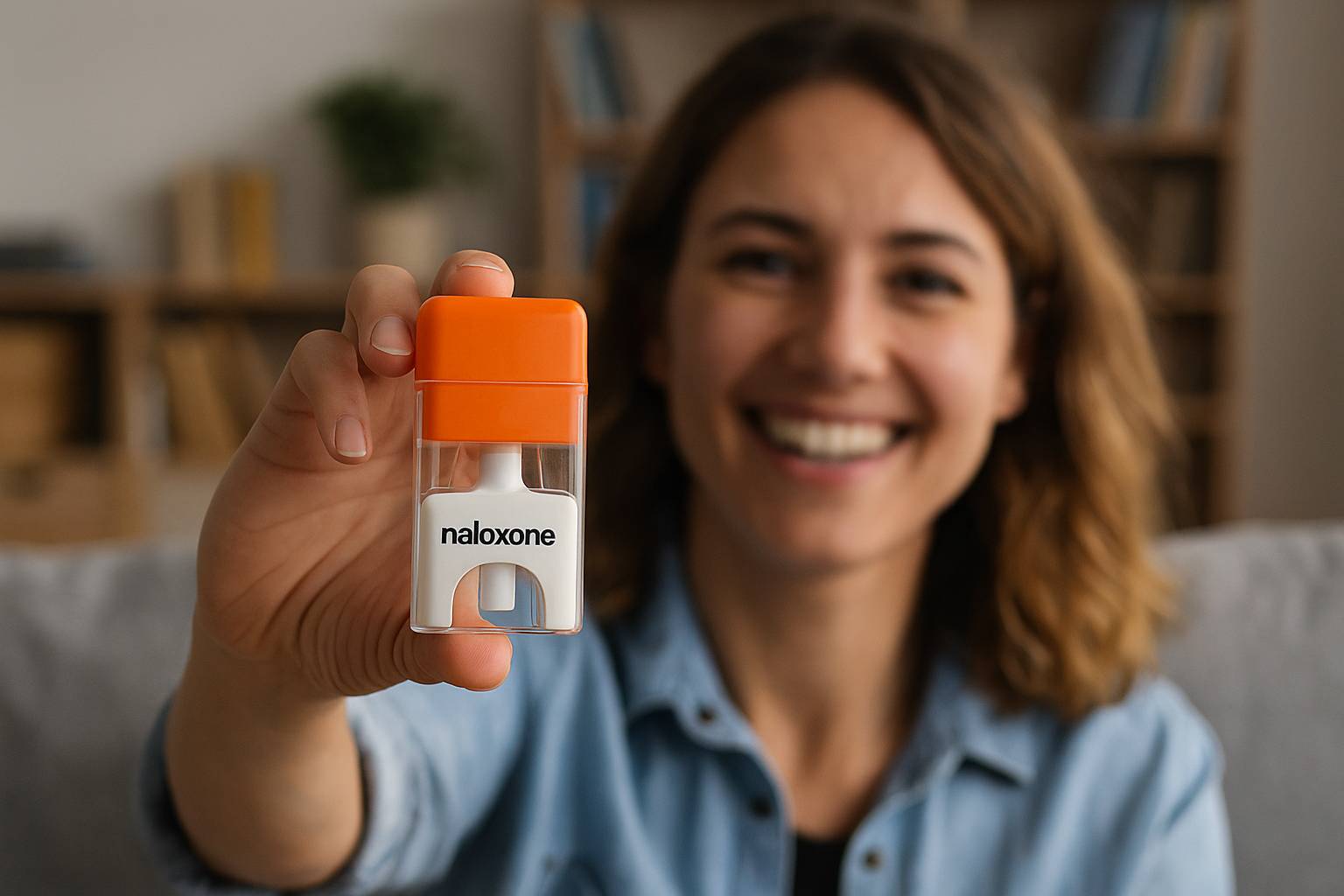

A heroin overdose can kill someone in minutes. But with the right knowledge and tools, it can also be stopped. Naloxone heroin overdose reversal is one of the most powerful ways to save a life—and anyone can learn how to do it. Whether you’re a friend, a family member, or someone in recovery, knowing how to use Narcan for heroin overdose could mean the difference between life and death.
“You cannot help people permanently by doing for them what they could and should do for themselves.” — Abraham Lincoln
But sometimes, you can help save their life first.
The opioid crisis continues to devastate communities across the U.S. In 2022, over 80,000 people died of opioid-related overdoses, with heroin and fentanyl leading the surge (CDC). These deaths are largely preventable. One of the most effective tools we have is naloxone, also known by its brand name, Narcan.
What Is Naloxone?
Naloxone is a fast-acting medication that reverses the effects of opioids like heroin, fentanyl, and prescription painkillers. It works by knocking opioids off the brain’s receptors, which can instantly restore breathing in someone who has overdosed.
It’s not addictive. It has no effect on someone who hasn’t taken opioids. And it’s safe to use—even if you’re not 100% sure the person has overdosed.
Naloxone is available in nasal spray (Narcan) and injectable forms, and is now found in homes, schools, treatment centers, and even vending machines in some cities.
Signs of a Heroin Overdose
Before we dive into how to use Narcan for heroin overdose, it’s important to recognize the signs. An opioid overdose can happen suddenly or over time. Common signs include:
- Slow or stopped breathing
- Blue or gray lips and fingernails
- Cold, clammy skin
- Won’t wake up or respond
- Choking or gurgling sounds
- Pinpoint pupils
If you even suspect someone is overdosing, act fast. Call 911, give naloxone, and start rescue breathing if needed.
How Naloxone Heroin Overdose Reversal Works
Using naloxone is simple. Here’s how to use Narcan nasal spray:
- Check for response: Shake the person or call their name. If no response, try a sternal rub (rub knuckles on their chest).
- Call 911: Always call emergency services before or after giving Narcan.
- Give naloxone: Tilt the person’s head back, insert the spray into one nostril, and press the plunger.
- Watch and wait: If the person doesn’t wake up in 2-3 minutes, give a second dose.
- Stay with them: Naloxone can wear off in 30-90 minutes. A second overdose can happen if opioids are still in the system.
If using the injectable version, follow the same steps but inject it into the outer thigh or upper arm muscle. Emergency responders will take over when they arrive.
Who Should Carry Naloxone?
- People using heroin, fentanyl, or other opioids
- Friends and family of people with opioid use disorder
- People in recovery or recently released from rehab or jail
- Teachers, nurses, social workers, and first responders
Even if you’ve never touched drugs, carrying naloxone is a way to be prepared and compassionate.
According to the National Institute on Drug Abuse (NIDA), community naloxone distribution programs have prevented tens of thousands of deaths.
Accessing Naloxone
Many states allow you to buy naloxone without a prescription at your local pharmacy. You can also find it for free at:
- Health departments
- Harm reduction groups
- Recovery meetings
- Outreach centers
- Some emergency rooms and urgent care facilities
There’s no shame in asking for it. Think of it like a fire extinguisher—better to have it and not need it than the other way around.
Recovery and Hope After an Overdose
An overdose can be a wake-up call—not just for the person who nearly died, but for their entire circle. It’s a moment filled with fear, but also potential.
If someone you love has overdosed and survived, now is the time to talk about treatment. Medical detox, residential rehab, and medication-assisted treatment (MAT) programs are all options that provide real hope.
And if you’re in recovery yourself, carrying naloxone is a powerful way to give back to your community and support others still struggling.
“I didn’t plan on making a difference. I just didn’t want anyone to die in front of me.” — Anonymous first responder
Addressing the Stigma
One of the biggest barriers to naloxone access is stigma. Some people worry it enables drug use. That couldn’t be further from the truth.
Studies show that people who survive an overdose and receive naloxone are more likely to seek treatment than those who don’t. Reversing an overdose isn’t enabling—it’s giving someone a chance to recover.
A Note on Fentanyl and Synthetic Opioids
Heroin is often mixed with fentanyl, a powerful synthetic opioid that’s 50 to 100 times stronger than morphine. In cases of fentanyl-related overdoses, multiple doses of naloxone may be needed. Be prepared to give more than one spray.
That’s why it’s so critical to always call 911 and never assume one dose is enough.
Saving a Life Is Always Worth It
Addiction is a disease, not a moral failure. Recovery is possible, but only if someone stays alive long enough to begin. Naloxone heroin overdose reversal is one of the most compassionate, life-saving tools we have—and it belongs in everyone’s hands.
If you or someone you love is struggling, don’t wait for a crisis. Carry naloxone. Learn how to use it. And start the conversation about recovery before it’s too late.








